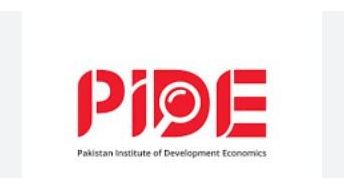ISLAMABAD, OCT 15 /DNA/ – Pakistan Institute of Development Economics (PIDE), A Premier National Think Tank’s current study has investigated the burden that each newly recruited individual (ranging from Grade 1-22) brings on the national budget. However, politicians raise political slogans of offering public employment to substantial number of individuals, without acknowledging that Government’s job is to create new opportunities and not offering jobs. However, politicians by providing employment opportunities to many individuals, especially within their own party or patronage network, politicians can cultivate a base of supporters who are more likely to vote for them in elections.
According to the findings of the study titled “Life time Cost of Public Servants”, it is identified that the net present value of a Grade-1 employee hired in July 2023 would be PKR 8, 17, 27 million including salary & pension, perks & benefits and operating cost respectively.
It has also been calculated that the sums of PKR 49, PKR 136, and PKR 245 million will be required by the state of Pakistan to afford a Grade-17 officer for a period of thirty years.
BPS Salary & Pension Expenditure (30 Years) Salary & Other benefits (30 Years) Salary, benefits and Operating Expenses (30 Years)
1 8.0 million 17.0 million 27.0 million
17 49.0 million 136 million 245 million
These sums represent what the State and Government of Pakistan will have to spend on a worker. This prompts the question of whether or not we have sufficient revenue streams to support the compensation for the next 30 years; if not, it’s a good time to pause and consider the implications of adding a new worker to the system, given that the State of Pakistan and the government will be responsible for covering the cost through taxation.
According to the Press Release issued from PIDE, it was said that to break free of its debt spiral, Pakistan needs long-term planning; salaries and pensions are a major expense for the institute, so PIDE has proposed being extra careful and cost-effective before deciding to keep an employee. This way, the institute can figure out how it can afford to pay the person for the rest of his or her working life.
It is essential for governments to evaluate the long-term financial implications of immediate job creation and to find a balance between short-term benefits and sustainable fiscal policies. While the creation of immediate jobs can have a good effect, it is equally important to note that rapid job creation can have negative effects.












